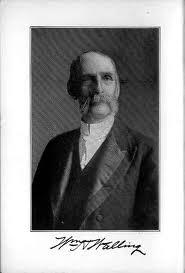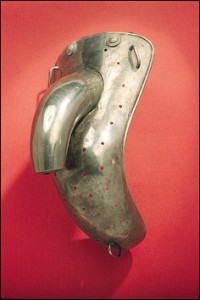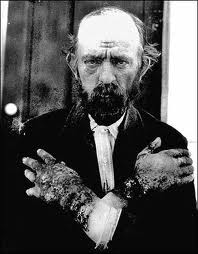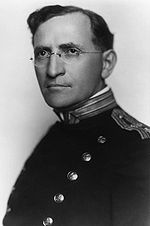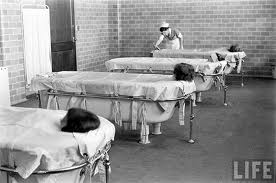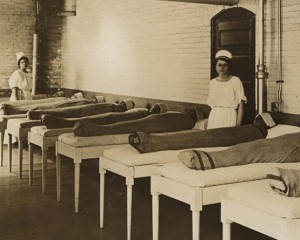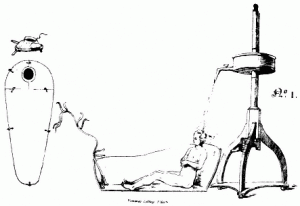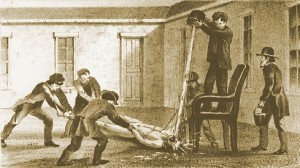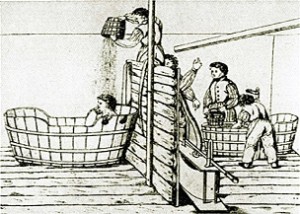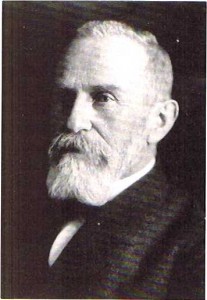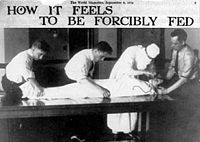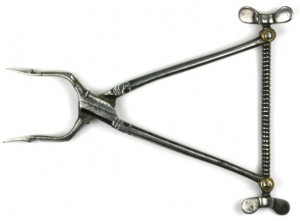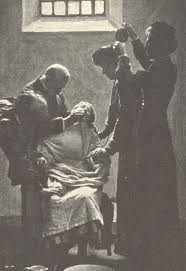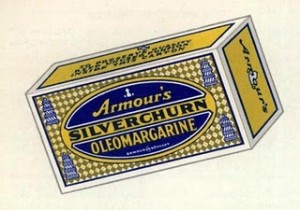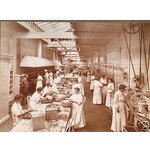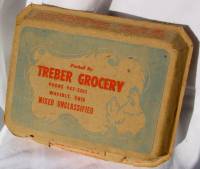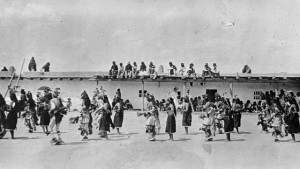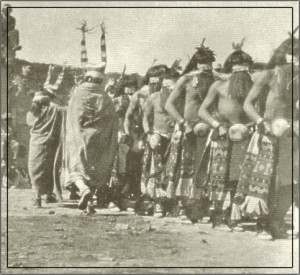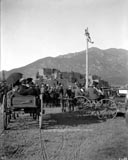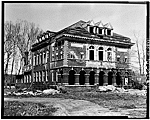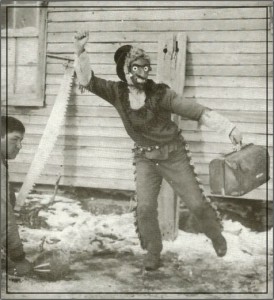Alienists (early mental illness specialists) thought that over-excitement or over-stimulation of all kinds could cause insanity. Sexual matters were not exempt, though most of alienists’ focus was on masturbation, also called onanism. In his 1904 book, Sexology, Dr. William H. Walling told how masturbation caused males to lose their memory and intelligence until they could scarcely answer the simplest of questions.
Walling quotes another physician who related the case of a child who contracted the habit (of masturbation) at the age of five years: “who, in spite of all that could be done, died at sixteen, having lost his reason at eleven.” It was Walling’s opinion that all masturbators would die the most horrible of deaths.
Dr. Walling had a strict view about sexual matters: he made it clear that intercourse was only for the purpose of having children. During pregnancy, when “the legitimate object of the sexual act is absent,” intercourse could lead to deformed, idiotic, undeveloped infants, or what he called “monstrosities.”
________________________________________________________
